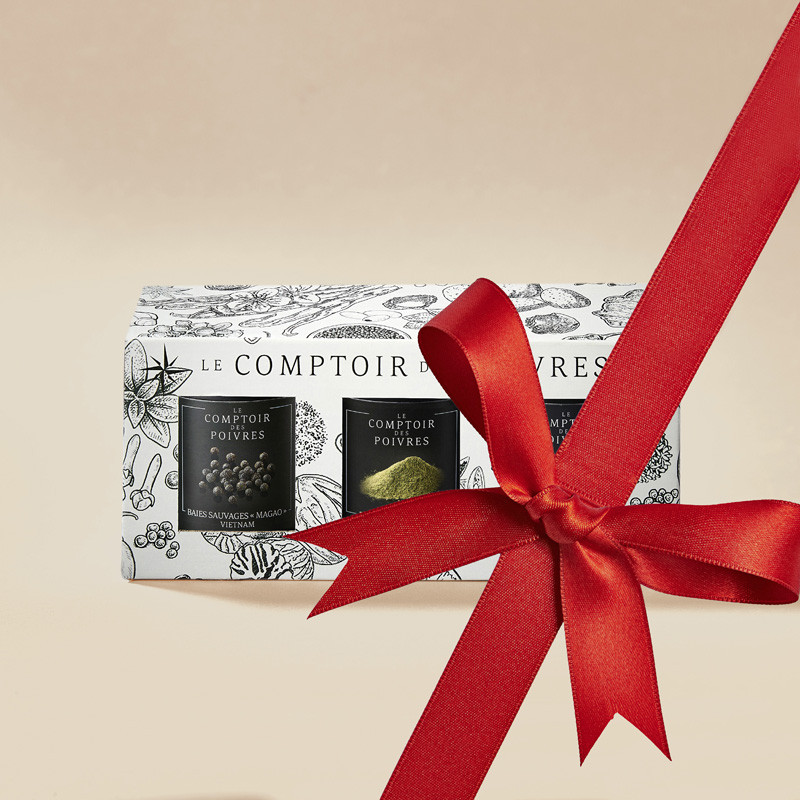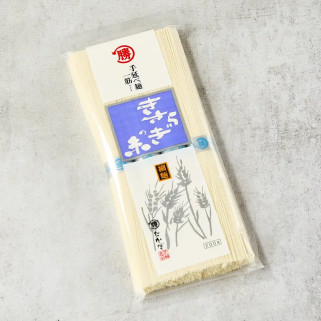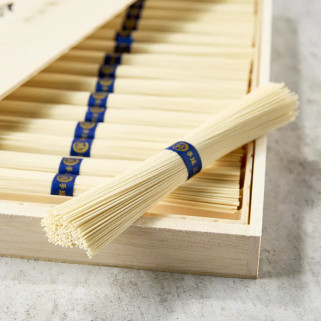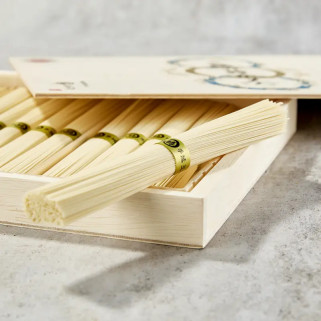Add to my wishlist "Miwa God Thin Somen Noodles"
Select a wishlist to add this product
There are not wishlist.
This product has been added to wishlist.
View my Wishlists
This product has been added to your wish list.
Remove
This product was successfully removed from your wish lists.
from €4.10
€20.50 / Kg
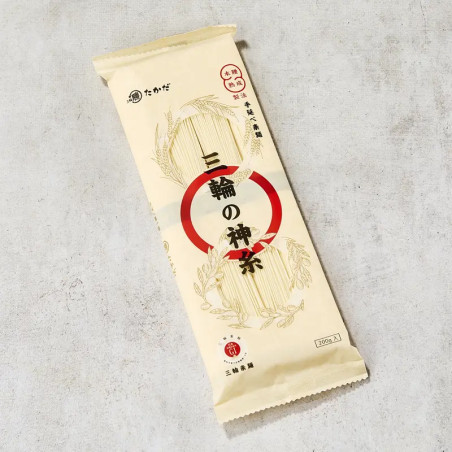

Add to my wishlist "Miwa God Thin Somen Noodles"
Select a wishlist to add this product
There are not wishlist.
This product has been added to wishlist.
View my Wishlists
This product has been added to your wish list.
Remove
This product was successfully removed from your wish lists.
€4.10€20.50 / Kg


Add to my wishlist "Miwa God Thin Somen Noodles"
Select a wishlist to add this product
There are not wishlist.
This product has been added to wishlist.
View my Wishlists
This product has been added to your wish list.
Remove
This product was successfully removed from your wish lists.
Miwa's divine thread, the flagship product of Marukatsu Takada Shoten. Enjoy the characteristic texture and crunch of somen noodles. The name “Miwa's Divine Thread” comes from an ancient legend that lives on in Miwa, Yamato, the birthplace of hand-pulled somen noodles.
Their almost miraculous thinness and firmness are the...
€4.10€20.50 / Kg
Mixed items


Add to my wishlist "Miwa God Thin Somen Noodles"
Select a wishlist to add this product
There are not wishlist.
This product has been added to wishlist.
View my Wishlists
This product has been added to your wish list.
Remove
This product was successfully removed from your wish lists.
Miwa's divine thread, the flagship product of Marukatsu Takada Shoten. Enjoy the characteristic texture and crunch of somen noodles. The name “Miwa's Divine Thread” comes from an ancient legend that lives on in Miwa, Yamato, the birthplace of hand-pulled somen noodles.
Their almost miraculous thinness and firmness are the...
Mixed items
€4.10€20.50 / Kg


























